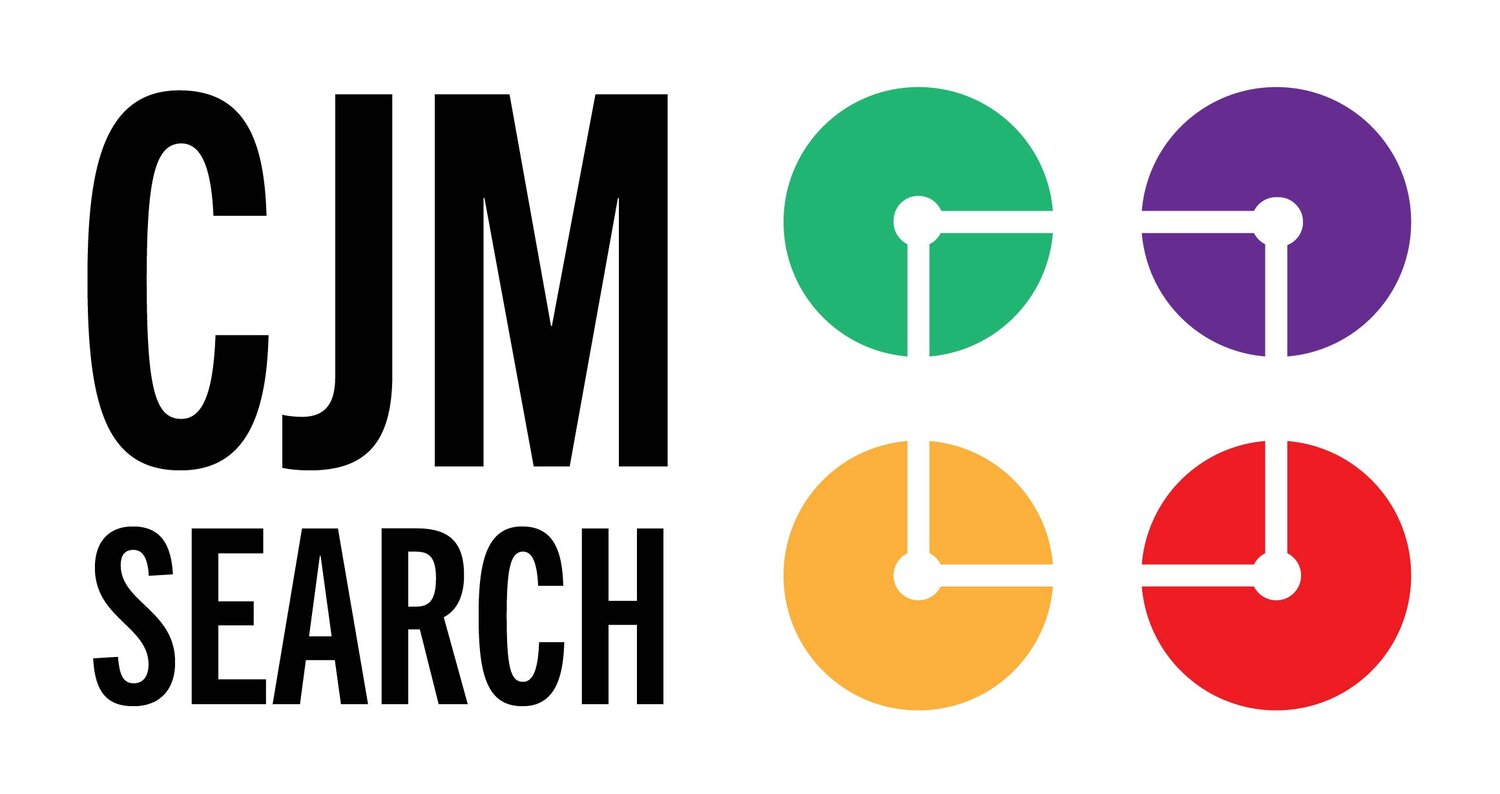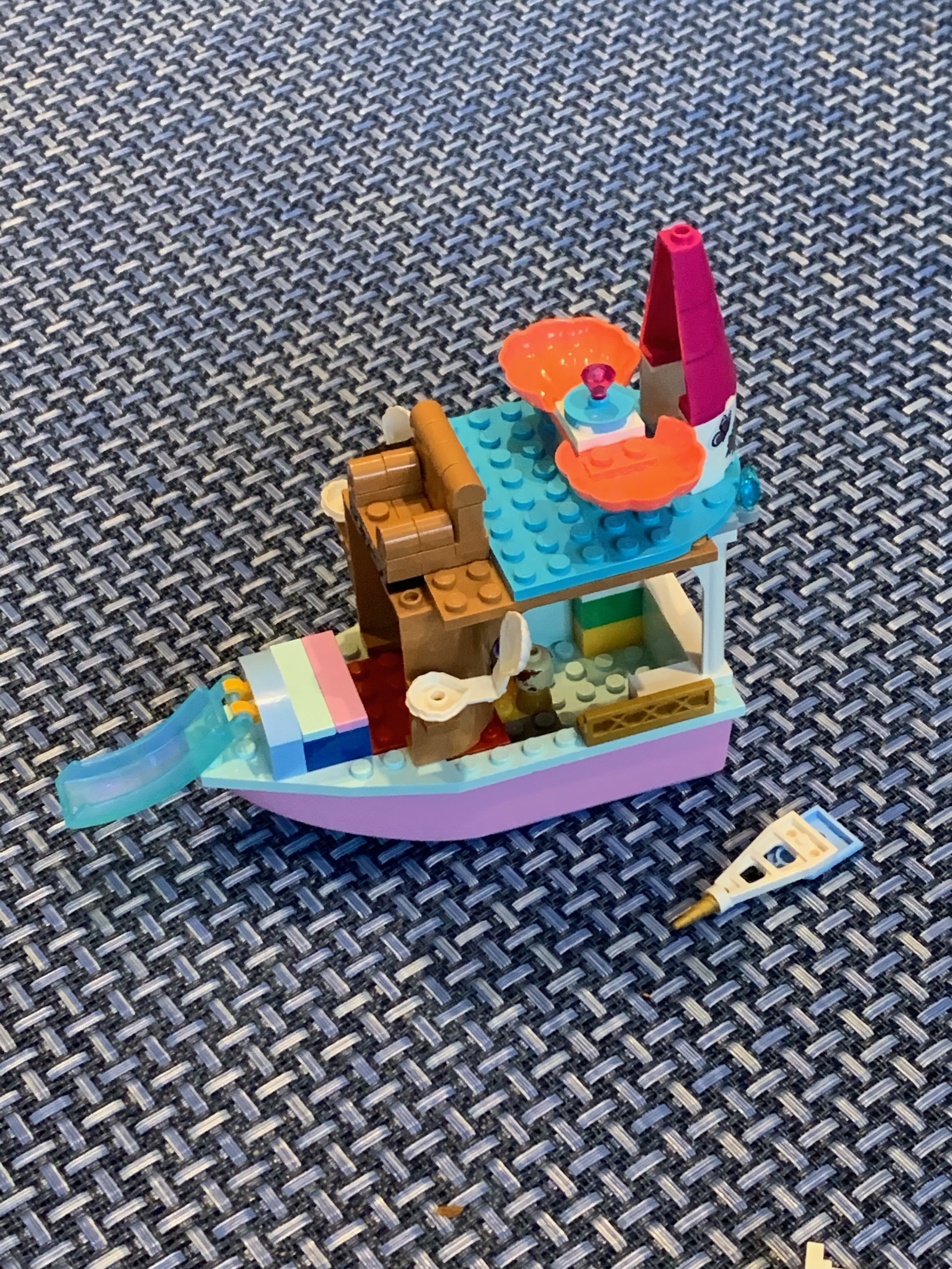A few thoughts on “Talent”
/In Talent, authors Tyler Cowen and Daniel Grossman pull apart how to evaluate, assess, and match potential candidates to the right opportunities. Unlike markets for things like physical goods or equities, the market for human capital is opaque and illiquid. Price discovery occurs during interviews, pitches, offer negotiations, funding rounds. This process works, kind of, but it’s not great. Some people are too good at interviewing/pitching then their real-life working/executing, or vice versa. Some people are overlooked because the talent “spotters” don’t even really know what they’re looking for, they’re just looking for what everyone else seems to be looking for
With Cowen, and economist, and Gross, an entrepreneur/engineer/VC, you can feel their discomfort with the lack of transparency and the unsystematic nature of this “market” and the book is a list of suggestions to help people get better understand both themselves and potential candidates. Chapters with fun suggestions for interview questions help potential talent spotters with ways to "look past the surfaces”, both in candidates and what the talent assessor really needs. A chapter on identifying talented candidates with individuals encourages spotters to “[k]eep an open mind”.
Have only read about 60% so far so maybe our opinion will change, but so far so good!


